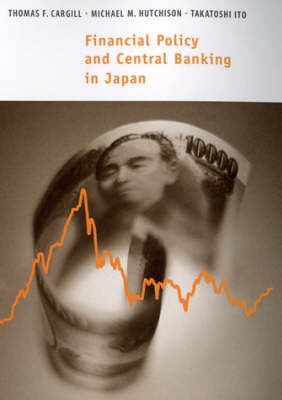The MIT Press
2 total works
A comparative perspective and an analytic approach grounded in mainstream economics distinguish this broad, accessible introduction to the Japanese economy. Throughout, Ito utilizes standard economic concepts in comparing Japan with the United States in terms of economic performances, underlying institutions, and government policies.Referring to cultural factors where appropriate, Ito subjects the basic facts about the Japanese economy to modern theoretical and empirical scrutiny, discussing macroeconomic growth, business cycles, monetary and fiscal policies, industrial structures and policies, the labor market, saving and investment, and international trade and finance.
Ito reviews relevant aspects of Japan's history before launching into a broad analysis of the country's markets and its economic policies. He concludes with a look at such contemporary economic issues as the Japanese distribution system, Japanese asset prices, and US-Japan trade conflicts.
Financial Policy and Central Banking in Japan
by Thomas F. Cargill, Michael M. Hutchison, and Takatoshi Ito
These challenges range from conducting monetary policy in a zero-interest rate environment characterized by a "liquidity trap" to managing consolidation in the Japanese banking sector against the backdrop of increasing international competition.

